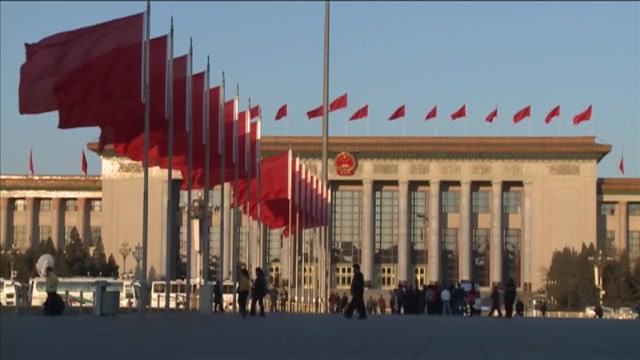China Increases Tariffs on U.S. Goods Amid Ongoing Trade Tensions
Published: [Date]
New Tariff Measures Announced
In a significant escalation of trade tensions, China declared on Friday its decision to raise tariffs on various American products from 84% to a staggering 125%. This move is the latest development in an already strained economic relationship between the United States and China, leading to heightened concerns of a potential global economic slowdown.
U.S. Tariff Landscape
Earlier this week, U.S. President Donald Trump had announced an increase in tariffs specifically aimed at Chinese imports, totaling 145%. While he momentarily paused tariffs for some other countries, China has voiced its strong opposition to what it describes as “economic bullying” by the U.S. government.
“Washington’s repeated jacking up of tariffs will become a joke in the history of the world economy,” said a spokesperson from China’s Finance Ministry. “However, if the U.S. insists on continuing to substantially infringe on China’s interests, China will resolutely counter and fight to the end.”
Impact on Trade Relations
As part of its response, China’s Commerce Ministry announced plans to file another lawsuit against the U.S. tariffs with the World Trade Organization. The ongoing conflict has caused significant alarm in financial markets, raising fears that the U.S. economy could slip into recession.
World Trade Organization (WTO) Director-General Ngozi Okonjo-Iweala highlighted the adverse effects of the trade war, stating that it “could severely damage the global economic outlook.”
Goods Affected by Tariffs
The new Chinese tariffs will specifically target key U.S. exports including:
- Soybeans
- Aircraft and their components
- Pharmaceuticals
In retaliation, last week, China also suspended imports of several goods such as sorghum, poultry, and certain bone meal products from selected American companies, in addition to implementing stricter export controls on rare earth minerals, which are essential for various high-tech industries.
Future Outlook
As the trade conflict continues, U.S. consumers and businesses can expect increased prices on imported products, including electronics, industrial equipment, and toys, which are among the top imports from China. With tariffs now reaching 145%, the effects are likely to influence the everyday market significantly.
While the White House aims for these import taxes to encourage domestic manufacturing and create jobs, the desired outcome may take years to realize, marking a politically challenging proposition for the U.S. government.

